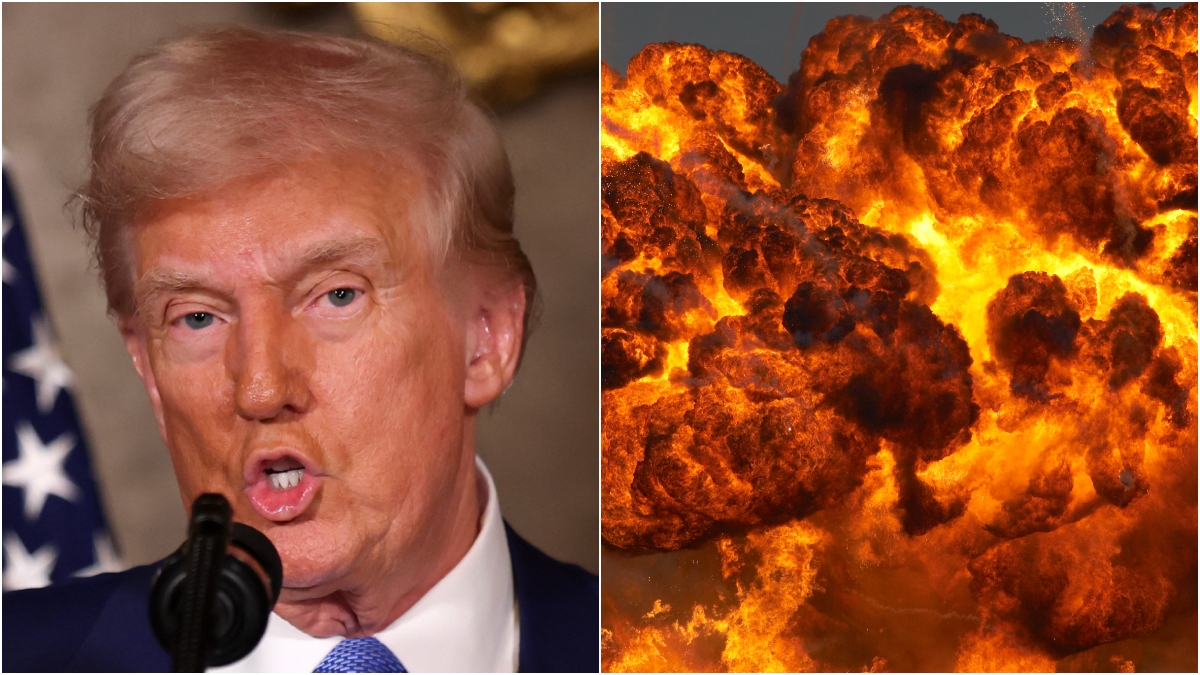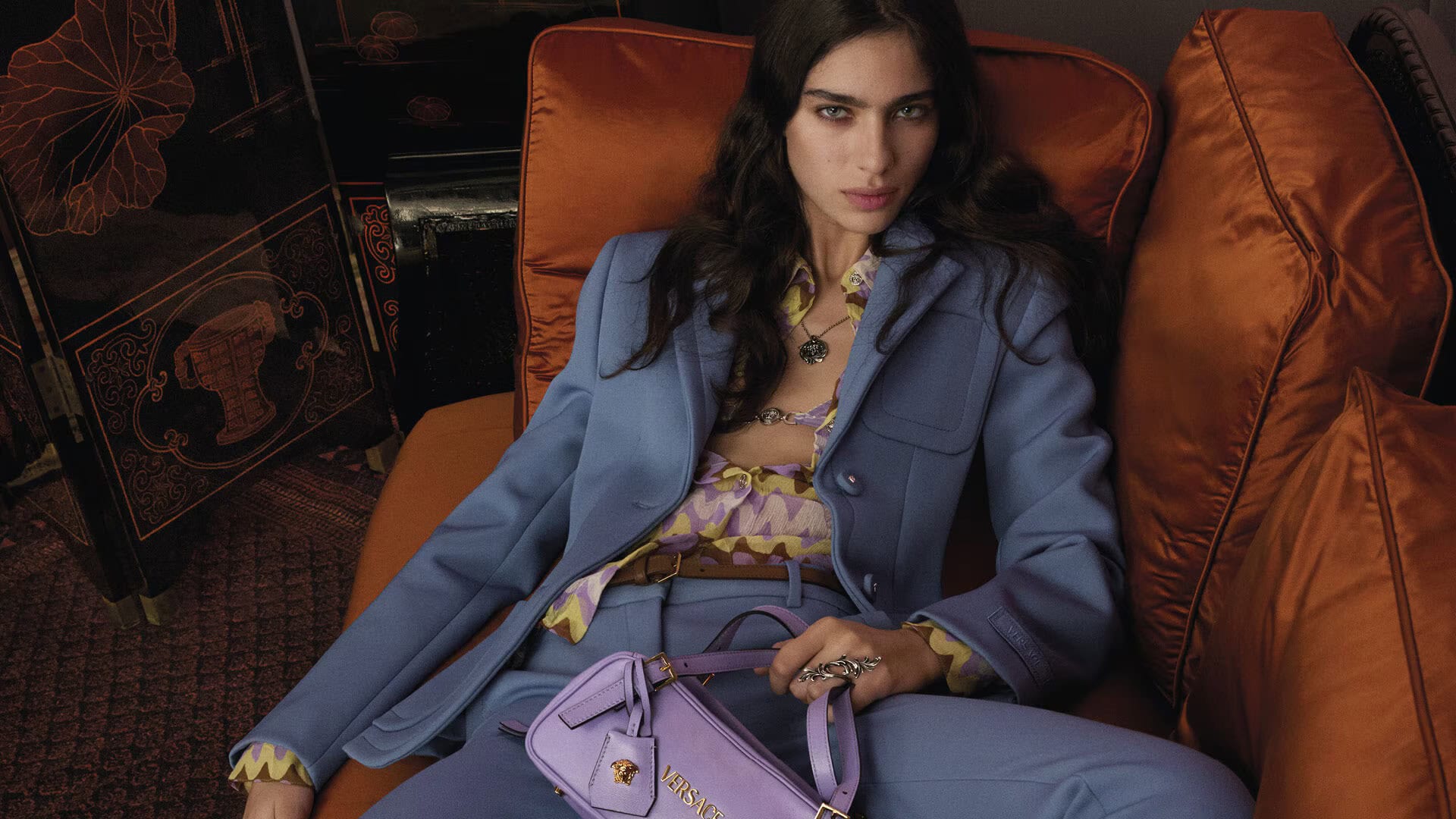How politics and fascism shaped American fashion: The wave that wiped away anonymity

American designers are some of the biggest names in fashion today: Marc Jacobs and Michael Kors, Tory Burch and The Row’s Mary-Kate and Ashley Olsen.
Ralph Lauren made Americana romantic, Thom Browne made shrunken suits masculine, and Halston and Calvin Klein — at different points in their careers — made minimalism chic.
But that wasn’t always the case, according to “Empresses of Seventh Avenue: World War II, New York City, and the Birth of American Fashion,” a fascinating new book by Nancy MacDonell (St. Martin’s Press, Aug. 27).

Before World War II, MacDonell writes, American designers toiled in anonymity, looking to Paris for “inspiration.”
Some went to the haute couture shows to sketch Chanel or Patou outfits for their bosses to copy back home.
Some sewed off-the-rack versions based on patterns bought from French couturiers.
Some literally stole from Paris showrooms.
Few had the freedom — or backing — to produce anything truly independent.
And while New York’s Seventh Avenue boasted the best manufacturers in the world, producing higher-quality Chanels than Chanel, it mostly pumped out slavish copies of so-called “Paris originals.”
Then the Nazis invaded France in 1940, cutting off the couture industry from the rest of the world.
Suddenly, the US had to develop its own sense of style, free of the French.
And it did.
In fact, MacDonell writes, “American fashion did not just survive the war; it thrived.”
MacDonell credits this feat to a group of female editors, designers, buyers, and publicists in New York City.
These women, she argues, helped define the “American look” and made the US a fashion powerhouse: a “billion-dollar industry that employs millions of people around the globe, and which shapes the way every one of us gets dressed each day.”


![MacDonell writes, “American fashion did not just survive [World War II;] it thrived.”](https://s.yimg.com/ny/api/res/1.2/xEi_09qdQ0WnNTUH2r2Jtw--/YXBwaWQ9aGlnaGxhbmRlcjt3PTcwNTtoPTEwNTg-/https://media.zenfs.com/en/ny_post_articles_869/246e7ba11e6149bdbd99468baa7d7ed9)
![MacDonell writes, “American fashion did not just survive [World War II;] it thrived.”](https://s.yimg.com/ny/api/res/1.2/xEi_09qdQ0WnNTUH2r2Jtw--/YXBwaWQ9aGlnaGxhbmRlcjt3PTcwNTtoPTEwNTg-/https://media.zenfs.com/en/ny_post_articles_869/246e7ba11e6149bdbd99468baa7d7ed9)
They included the radical designers Elizabeth Hawes and Claire McCardell, whose easy, elegant and inexpensive “monastic dress” created a sensation and epitomized American chic.; Lord & Taylor’s Marjorie Griswold and Dorothy Shaver, who turned the department store into a temple showcasing the best of American design; Eleanor Lambert, who promoted young American talent at home and abroad; and the photographer Louise Dahl-Wolfe, who along with legendary fashion editor Diana Vreeland, made these American fashions look so glamorous.
“All shared a common belief: that fashion could be both beautiful and democratic,” MacDonell writes. “Their resilience changed how we all think about the clothes we wear.”
American couturiers who created clothes independent of Paris existed before the war, but they were rare.
A few, like Valentina and Jessie Turner Franklin, had some notoriety, thanks to famous clients like Katharine Hepburn.
But Elizabeth Hawes was the first real American celebrity designer, and the first to publicly question the “French Legend.”


Hawes was a bright-eyed 22-year-old Vassar grad from New Jersey hoping to break into the fashion business when she arrived in Paris in 1925.
Her friend’s mother secured Hawes her first job, at a design firm that (to Hawes’ horror) illegally manufactured and sold copies of French dresses.
Hawes spent three years in Paris, knocking off French fashion for an array of businesses.
She posed as a couture client to get specimens to copy, snuck into fashion shows so she could sketch the best looks.
She studied smuggled muslin patterns and “borrowed” samples so that a team of pattern-cutters and sewers could produce couture facsimiles for the American market.


In the process, MacDonell writes, “she’d discovered that her cherished vision of Paris fashion was a lie.” Hawes returned to the States in 1928 and opened her own made-to-order fashion label catered to “American women.”
She offered smart, modern, idiosyncratic clothes devoid of ruffles, tulle and “frippery.” (Hawes really hated fuss; she even got married to her second husband in blue jeans.)
McCardell also wrote articles and books decrying the “French Legend” — the idea, held since the 16th century, that “Paris equaled fashion” and that “everybody everywhere else” merely followed its dictates.
“It made no sense, Hawes pointed out, that just because the Marquise de X wore a particular dress to the races at Auteuil that a typist in Brooklyn should wear the same style to Coney Island,” writes MacDonell.
Yet American fashion execs refused to question the French way.
“In the 1930s, just as they had for decades, the couturiers of Paris held American taste in a silken vise grip,” MacDonell writes.


That all came crashing on June 14, 1940, when the Nazis stormed Paris, draping the swastika over the Arc de Triomphe.
The news shook the world. Paris was the ninth European capital to fall to the Germans.
Yet back in the US, fashion execs and editors panicked for another reason.
Now that the Germans had taken over Paris, they cut off its fashion from the rest of the world.
How would Americans know what to wear — or create — without France’s guidance?
On July 11, a group of women in the industry called an emergency meeting at Manhattan’s Biltmore Hotel to strategize how to move forward.
Some execs even went to Los Angeles to beg Hollywood’s costumers to create versions of their silver-screen designs to send to New York manufacturers to copy.
They did not have much belief in Seventh Avenue.


The fashion magazines put on a brave face: Vogue, Bazaar, and Life got ready for their first September issues featuring all homegrown talent.
They portrayed buying American design as a woman’s patriotic duty. More than that, they made it look sensational. (They had the good fortune to find the ideal model, the blonde actress Lauren Bacall, who epitomized the easygoing, healthy ideal of the “American girl.”)
It helped that those first American collections were actually good: “trim and slender, with an artlessness that suggested real-life uses,” MacDonell writes.
And they only got better. Young mavericks such as McCardell — whose innovations included pockets in dresses, mix-and-match jersey separates, playsuits, and outfits with detachable hoods — soon insisted that her name be put on the label, elevating her status to that of a French couturier instead of a peon working for a larger corporation.


By the time the Allies freed Paris, four years after falling to the Germans, Seventh Avenue wasn’t just a manufacturing center but a hub of innovative, exciting design.
The couture industry had barely survived the war — with many of its remaining designers accused of collaborating with the Nazis. And while Parisian fashion did come roaring back in 1946, with the advent of Christian Dior’s nostalgic full-skirted New Look, New York’s female designers continued to create clothes for working, independent women.
Moreover, they created a template for producing forward-thinking, inexpensive ready-to-wear that could be exported throughout the world, including France.
Today, even the toniest couture houses have ready-to-wear collections that consumers can buy off the rack, from Dior to Chanel.


And American designers from the Olsen twins at The Row to Thom Browne debut their collections in Paris.
MacDonell ends her book not in the 1940s, but in the 1970s, with the famous Battle of Versailles extravaganza, in which American designers competed against the French Old Guard in a fashion throwdown to save Louis XIV’s crumbling palace.
How fitting that a group of scrappy Americans (including Halston, Stephen Burrows, and Anne Klein) would outshine the likes of Yves Saint Laurent and Pierre Cardin in the opulent house that the Sun King built.
The French Legend, at that moment, was finally busted.
Related
Trudeau says Canada will issue 25% tariffs on $155B of…
'The Bottom Line' panelists Lee Carter and Liz Peek give their take on President Donald Trump confirming the 25% tariffs. Canadian Prime Minister Justin T
Cartel Violence Kills American Citizen In Brutal Fashion. Will Trump…
PublishedFebruary 25, 2025 4:34 PM EST|UpdatedFebruary 25, 2025 4:35 PM ESTFacebookTwitterEmailCopy LinkAn American citizen is dead after a cartel-linked bombin
Luxury Briefing: Tapestry, Capri and the American fashion portfolio shakeup
In this week’s Luxury Briefing: The fallout from the failed Tapestry-Capri merger continues, with Tapestry selling Stuart Weitzman and Capri reportedly eyeing
Liz Truss tells CPAC UK is ‘failing’ and needs Maga-style…
Liz Truss, the former British prime minister, told a rightwing conference in the US that her country was “failing” and needed a Donald Trump-style “Maga�













